10 Tips For How To Get The Best Mortgage Rate
With mortgage rates, lower is better. So, how do you go about securing a low one? You can employ a few strategies to get the best mortgage rate possible.
Tip 1: Start Saving For A Bigger Down Payment
If settling down in your own home is your dream, the earlier you start saving for a down payment, the better.
How much down payment will you need? It will depend on the type of loan you choose. You’ll need at least 3% for a conventional loan, while an FHA loan requires a 3.5% down payment. You can get a no-down-payment mortgage if you’re able to take advantage of a VA loan or USDA loan.
Many new home buyers are under the misconception that you need a 20% down payment for a conventional loan. That’s not the case. The 20% figure came from the private mortgage insurance (PMI) requirement on conventional mortgages: If your down payment is less than 20%, you’ll need to pay PMI premiums until you reach that threshold of home equity.
Accumulating more assets will help you get a better mortgage rate. Assets are things not related to your annual income that could be used to help pay off your mortgage. This could be proceeds from the sale of property, stocks, bonds, mutual funds, or other investments.
The more assets you have, the greater your ability to repay your mortgage and the lower your interest rate.
Tip 2: Check Your Credit Score And Report For Errors And Problems
Your first active step toward homeownership should be to get your credit report and proofread it carefully to identify errors and get them corrected. This process can take a while, so it’s important to start early and be persistent about getting mistakes corrected.
Tip 3: Work On Improving Your Credit Score
Your credit score is probably the most important single factor in determining whether you’ll be approved and, if so, for how much and at what interest rate. Interest rates reflect factors beyond your control, so the best you’ll be able to do is get the lowest rates available.
But interest rates also reflect your lender’s assessment of the risk you present as a borrower. In addition, your credit score helps lenders predict your future behavior as a borrower based on how you’ve handled your debts in the past.
All lenders look at your credit score and history to determine your mortgage eligibility. In general, the higher your credit score, the lower your rate. You keep your credit score up by making timely payments for your house, car, credit card, etc.
Tip 4: Reduce Your Debt-To-Income Ratio By Paying Off Debt
Your debt-to-income ratio is another important factor that lenders consider to evaluate your ability to repay the loan. For example, if you are carrying a heavy debt load, your lender might find your financial situation unsustainable and set a higher rate to compensate them for being willing to take the risk.
Let’s say you make $5,000 a month, and you pay $1,250 of that toward your student loans and house and car payments. Your DTI is 25%. The lower this ratio is, the less risky you look for the lender – and your rate will be lower.
While you don’t want to close every account, it can be helpful to pay off certain debts. This can help decrease your DTI and free up more money to spend toward your monthly mortgage payment. Less debt can mean a lower mortgage rate.
Should you save for your down payment or pay down debt? It’s important to find the right balance between the two. Lenders don’t expect you to be completely debt-free. Lenders consider some debts as "good debt," particularly student loans and reasonable car loans when reliable transportation is necessary for work.
Other debts, like revolving credit card debts, are frowned upon by lenders. High credit card balances often signify that borrowers are using credit to supplement their income instead of living within their means.
Tip 5: Choose Between A Fixed-Rate And Adjustable Rate Mortgage (ARM)
You’ll have to make several decisions when it comes to choosing among the types of mortgage available when you are planning to buy a house. From a financial perspective, one of the single most important choices you’ll make is between a fixed-rate mortgage or an adjustable-rate mortgage (ARM).
Fixed Rate Mortgages
With a fixed-rate mortgage, the amount of your payment will stay the same over the loan term. That means your lender is making a very large loan to you whose terms can’t be changed for the next 15 – 30 years. So even if interest rates skyrocket, your fixed-term loan payments won’t change.
Because lenders are taking all of the risks that interest rates will rise when they make a fixed-rate mortgage loan, they charge more upfront. There’s a big difference between 15- and 30-year fixed rates as well, which reflects that lenders are assuming that risk for twice as long.
Adjustable-Rate Mortgages (ARMs)
Adjustable-rate mortgages (ARMs) work a bit differently. They typically start with a lower rate. This teaser rate remains fixed for the first several years of the loan – typically a period of 5, 7, or 10 years. After that, the rate will periodically adjust up or down according to the market.
Because you can end up paying much more in interest rates, you are sharing with your lender the risk that interest rates will go up. That’s why they can afford to offer the introductory rate to entice new home buyers.
Fixed-Rate Vs. ARMs: Which Is Better?
As usual, the answer depends. Had you asked during the early years of the COVID-19 pandemic, the answer would have likely been to lock into a fixed rate because mortgage rates were at historic lows. But now, interest rates are on the rise, and ARMs are becoming increasingly popular once more.
If you’re not planning to stay in your new home for longer than the introductory period, or you’re comfortable refinancing your mortgage before the teaser rate expires, an ARM might be your best choice. Be aware, however, that if you don’t sell or refinance, ARMs are much more expensive for home buyers over the life of the loan.
Tip 6: Consider Prepaid Mortgage Points
You can buy your rate down by prepaying interest at closing. This prepaid interest comes in the form of mortgage points or discount points. One point is equal to 1% of the loan amount (e.g., on a loan amount of $100,000, a single point is $1,000). You can purchase points in increments down to 0.125 points. Many of the advertised interest rates have a certain number of points attached to them.
Prepaying this interest will get you a lower rate. The trade-off here is that you have to stay in the home long enough to reach a position where you save money. For example, if buying two points on a $250,000 mortgage (two points equals $5,000) saved you $300 per month on your mortgage payment, you’d have to stay in the home for 17 months to break even. If you plan on staying in the house for several years, buying mortgage points can be a good way to save money.
Tip 7: Choose A Shorter Loan Term
You can save a lot of money over the life of your loan if you choose a 15-year instead of a 30-year repayment term. You can also get a lower interest rate upfront by shortening your loan term. As we discussed previously, it’s far less risky to predict repayment 15 years out than it is to predict 30 years out. You’ll also build home equity much faster, which reduces your loan-to-value ratio and lender risk.
Among the added benefits of a 15-year repayment term is that you’ll reach the 20% home equity mark, meaning you can stop PMI sooner. You’ll also pay off your mortgage loan sooner, removing a huge chunk of your monthly budget.
However, the monthly mortgage payment on a 15-year loan is significantly higher than that of a 30-year mortgage. The pandemic housing market has put purchase prices out of reach for many, so it's important to ensure you can afford your monthly mortgage payment.
Although your monthly payment will be higher on a 15-year loan, you could potentially save tens of thousands in interest over the life of the loan. You will lower your interest rate and pay more toward your mortgage balance faster than you would on a traditional 30-year loan.
Tip 8: Make A Higher Down Payment
A higher down payment at closing will get home buyers a lower rate. Putting down a significant portion of the purchase price lowers the relative risk for a lender. The lower your loan-to-value ratio (LTV), the more you’re considered a good investment. The higher your down payment, the less a lender has to give you so you can afford the home.
Keep in mind, though, that using all your cash for a down payment leaves you vulnerable should some unforeseen circumstances arise. Lenders like to see you have reserve funds to cover up to three months of expenses, just in case.
Tip 9: Raise Your Income
It sounds simplistic, but realizing the road ahead is very expensive can focus your mind on maximizing income. This can be as simple as asking for a raise, looking for a higher-paying job, completing educational requirements, or starting a side hustle. Whichever route you choose, increasing your income before you buy will ease the budgetary burden of homeownership.
Tip 10: Watch And Wait
Keep an eye on interest rates and the housing market while preparing to apply for a mortgage. Although it’s not advised that you attempt to “time the market” – waiting for a perfect moment – it does make sense to act when interest rates are lower, or at least before they get any higher.
Conclusion
Understanding how external and personal factors influence mortgage rates helps you prepare to get the best rate possible. You can also take a few steps to lower your interest rate – as listed above- from paying off debt to shortening your loan term. Securing a lower mortgage rate sets you up for lower monthly payments and more significant savings in the long run.




